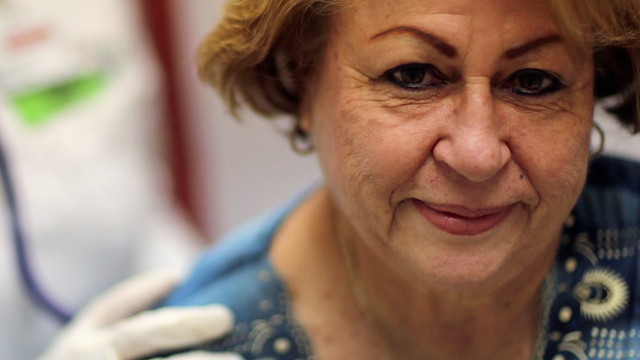Understanding Obamacare at the Supreme Court
- Published
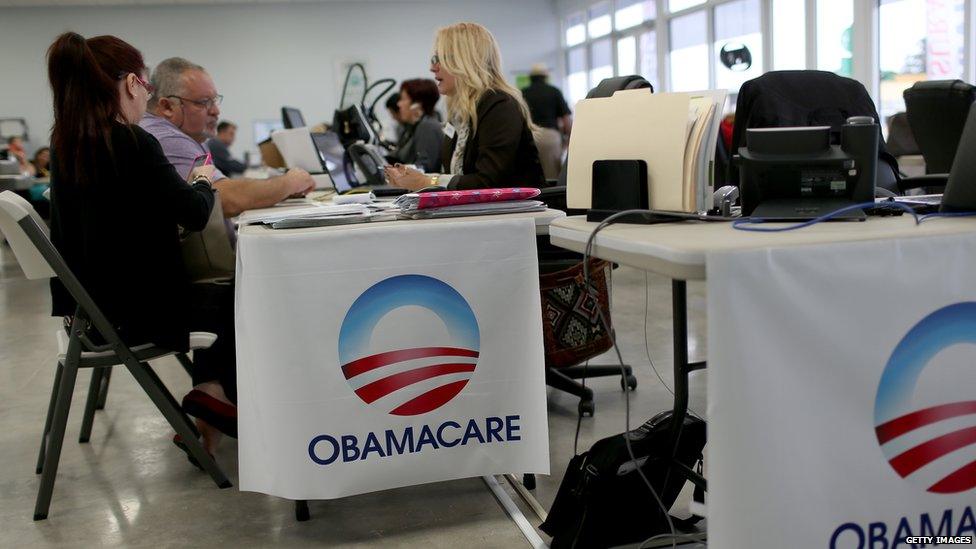
Struggling to understand the intricacies of the Affordable Care Act lawsuit ruled on by the Supreme Court? We break it down to the basics.
The Affordable Care Act became law in 2010, and ever since has been the subject of legal and legislative battles.
Now, the Supreme Court has decided on King v Burwell, a case that put the law - also known as Obamacare - into jeopardy.
It's complicated - and it's just one part of an even more complicated law. But to understand the basics, here are seven key points.
1. Didn't we already do this Obamacare and the Supreme Court thing?
Yes. In 2012, justices ruled that the law, which requires that all Americans have health care, was constitutional. Many people thought that was that. They were wrong.
The law remained deeply contentious and sparked a series of fresh legal challenges - one of which made it to the highest court in the land.
Watch: A history of Obamacare challenges
2. So what is it this time?
It's about four words in a 900-page law.
The ACA provides subsidies for those who can't afford to buy their own insurance but aren't poor enough to qualify for government care.
States were encouraged to set up online marketplaces, or exchanges, so residents could shop around for the best price. But lots of states who opposed the law didn't do that, so there's also a federal exchange, healthcare.gov.
The text of the law states that subsidies are available for anyone who gets care via exchanges "established by the State."
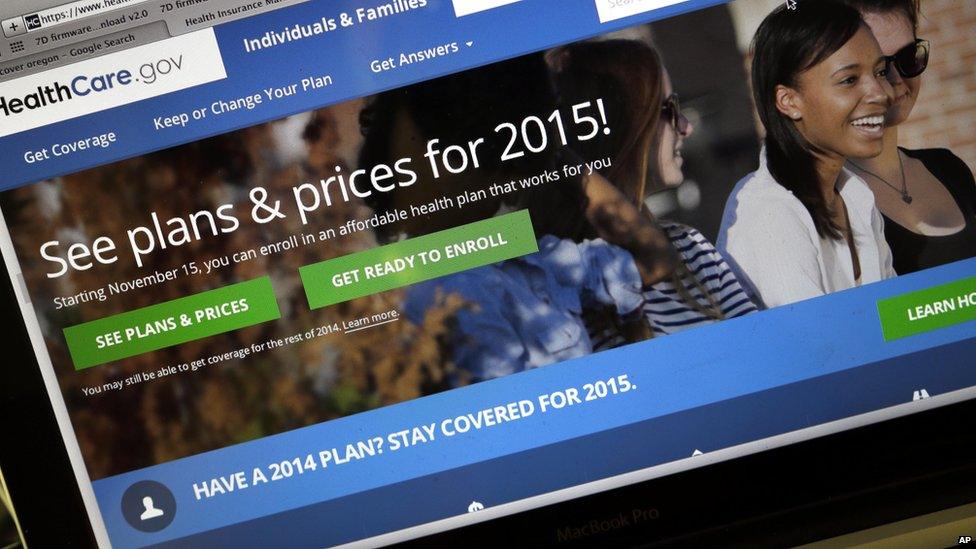
The healthcare.gov website serves as a clearing house for residents in dozens of states
The people who wrote the law say this was just a case of sloppy language. They intended for anyone buying through an exchange - be it state or federal - to have access to subsidies.
But King, the plaintiff in the Supreme Court case says, the law is the law. And the way the law is written means people on the federal exchange aren't eligible for subsidies.
3. What did the Supreme Court decide?
In a 6-3 decision, the court ruled for the Obama administration, saying the law as a whole allowed subsidies to everyone, despite "inartful drafting" of the bill.
If the court had ruled the other way, 6.4 million people on the federal exchange who couldn't afford their care would have stopped receiving subsidies to pay their monthly bills. Those who were most likely to be affected were white, college-educated, employed southerners.
Without that subsidy - the average is more than $270 (£172) a month - most of those people had been expected to drop their insurance coverage.
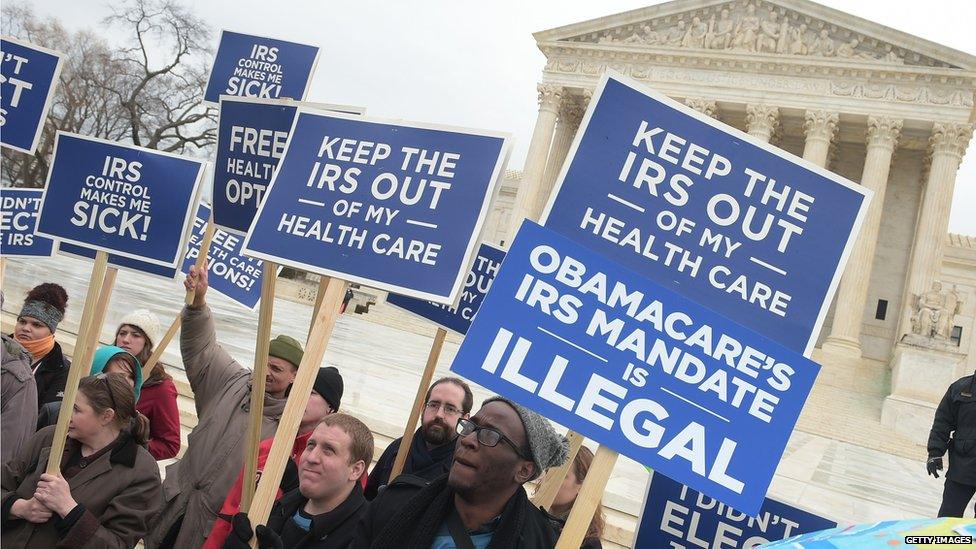
Protesters against the ACA demonstrate in front of the Supreme Court during arguments in March
4. What would have happened to medical care if the court had ruled the other way?
Without subsidised healthy people, the insurance companies would have been paying for lots of expensive care without getting payments from those who use very little care.
They would have had to raise the cost of insurance to make ends meet - causing even more people to drop their coverage, until only the very sickest remain. That's the so-called death spiral.
It's not literal - hospitals would not have started turning away people who show up with broken arms, or turning off life support for people who lose their insurance. They would, however, have charged these people full price - which is a lot. Medical debt is the number one cause of bankruptcy in the US.
Legally, hospitals have to treat anyone who needs care. But people without insurance would have been a lot less likely to seek out that care knowing they would end up with a huge bill. They would also skip check-ups, stop getting prescriptions filled and other smaller acts that could lead to bigger medical crises later on.
5. What happens now?
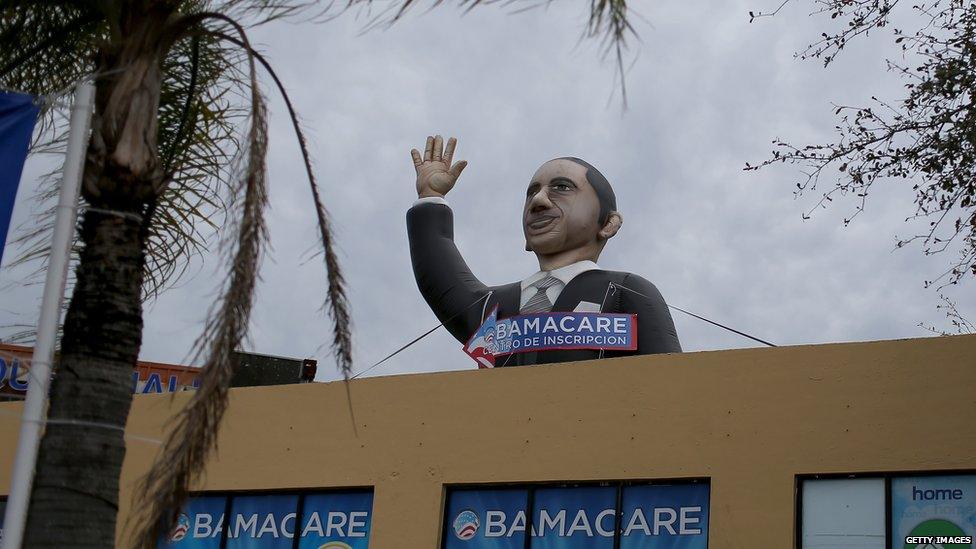
A large number of Florida residents benefit from subsidies
Not much. The status quo continues, although some Republicans, including many presidential candidates, have already called for repealing or replacing the law, making it potential top 2016 presidential election issue.
States that were considering setting up new exchanges may not do so. And without the uncertainty of a pending case, those who did not sign up last year for insurance fearing higher costs may do so next year.
- Published4 March 2015
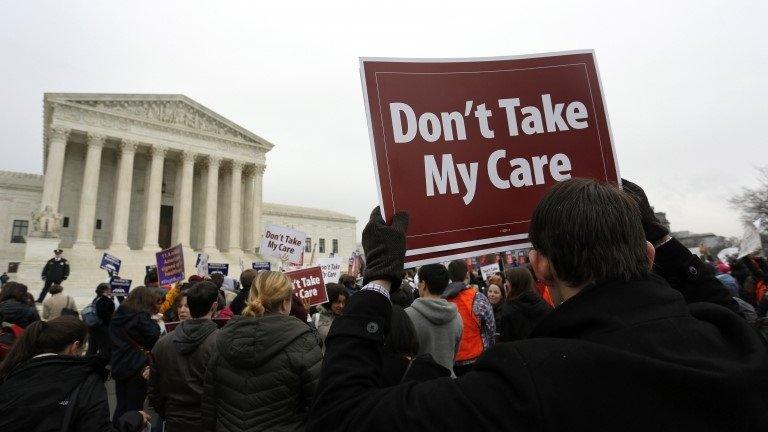
- Published21 March 2014
